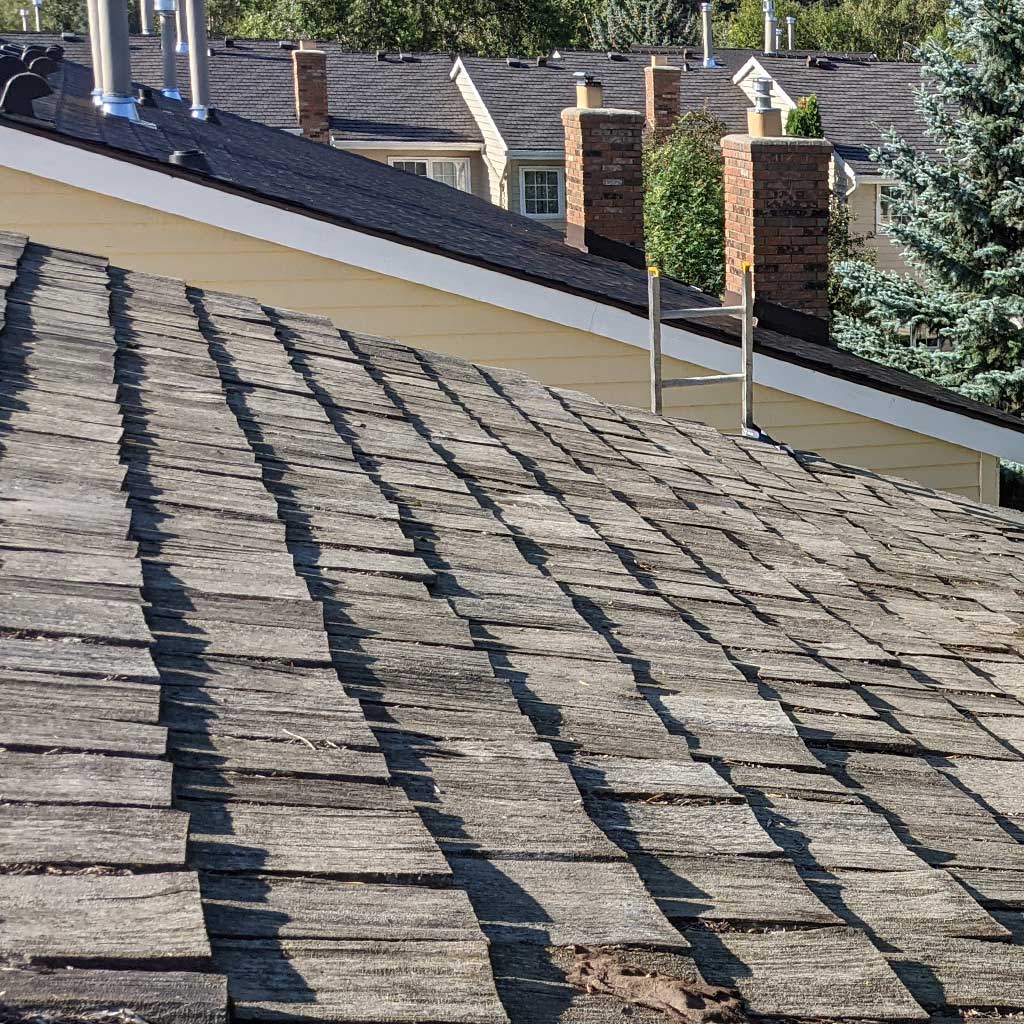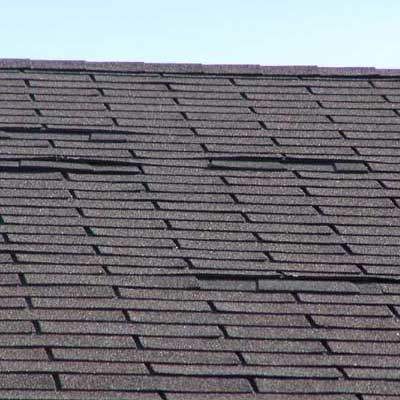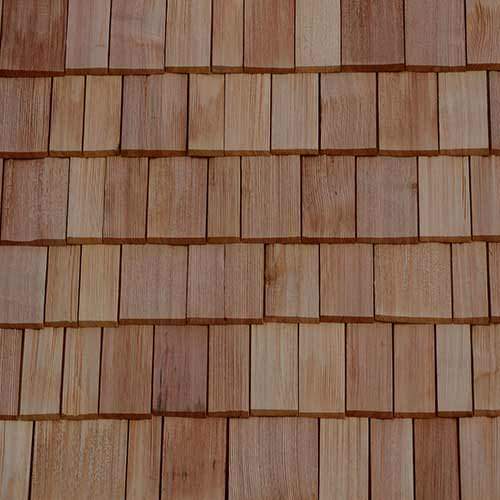THE ELITE ROOF GUIDE
YOUR ROOF'S HEALTH
Assessing your own roof

[rank_math_breadcrumb]
How to assess your own roof?
From outside the house, you can assess your roof’s health by viewing the material and areas through binoculars or if you are confident to safely and securely go up directly on your roof and inspect the area.
Some examples that your roof needs some TLC are:
- The sealants around flashing details are cracked or non-existent
- shingles that are buckled, curling, or blistering
- irregular de-granulation in specific areas that are not consistent with the entire roof
- Piles of grit are found in your eaves or at the bottom of your downspouts for your eaves system.
- The appearance of moss and lichen ( which can cause premature aging )
The above are minor issues that can affect your roof and in the long run cause pains and unforeseen expenses. However, there are other types of signs that might indicate a more pressing need to get a professional on top of your roof.

5 reasons to have your roof inspected by a professional:
1. Flashing Details:
Check all of your flashing details. Obvious signs such as roof sealant that usually will be black in color or metal flashings are common. For example, metal flashing will require a sealant to ensure the integrity of the installation.
2. Curling Shingles:
These are common signs as the roof ages. The shingles commonly curl up toward the sun. If you walk on your roof, use caution around this area as you can break the curled shingles if you go walking across them and that will lead to exposed areas that can allow water to penetrate the roof deck.
3. Condensation leaks and improper ventilation:
These two go hand in hand and can occur when the warm moist air from the living space is finding a way up and into your attic and there is not enough ventilation to expel the moisture. Dryer vents, bathroom, and kitchen exhaust vents are the usual suspects but are not entirely to blame in all cases, the relative humidity in your home can be altered by things as simple as the household plants or furnace humidifier.
Telltale signs that your attic is not ventilating properly include wet spots on the sheathing visible from looking inside your attic ice damming can be a good indicator of issues in the attic and improper ventilation.
4. Windstorm Damage:
November 27, 2011, is a day most Calgarians would like to forget as mother nature was about to unleash one of the most powerful wind storms on our beautiful city and the southern end of our province. Winds reaching the Hurricane level were recorded. Roofs were ripped off, siding was peeled back, and trees were uprooted.
Wind damage is fairly easy to locate as the exposed nails from underlying courses could be seen by the naked eye. blown shingles, lifted-up roof structures are among the most common and obvious signs. It is recommended after each wind warning to check your roof.
5. Hail Damage:
Soft metals will be a great indicator if a hail storm damaged your roof. A good place to look is your A/C unit or your exhaust vents and chimney caps as well as valley metal. If are be able to see the damage clearly chances are that your shingles will be pitted and the fiberglass mat could be penetrated and breached.
Our staff has been properly trained and hold HAAG Certified Inspectors ready and experienced to assess any type of roof damage or potential trouble your structure might be at. So if in doubt, we are always a phone call away!
Other articles that might interest you



